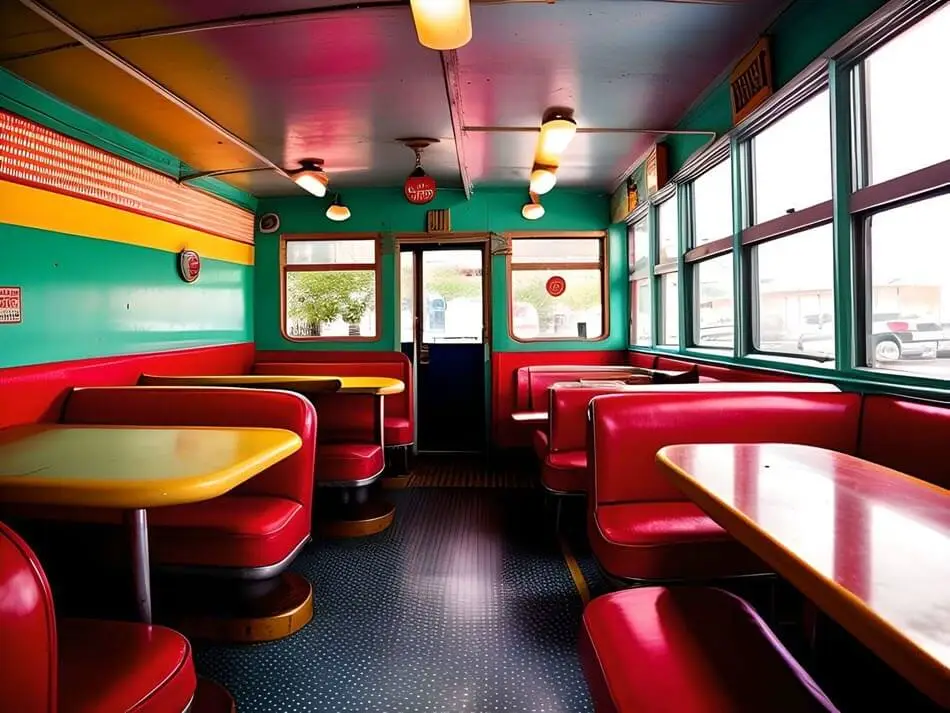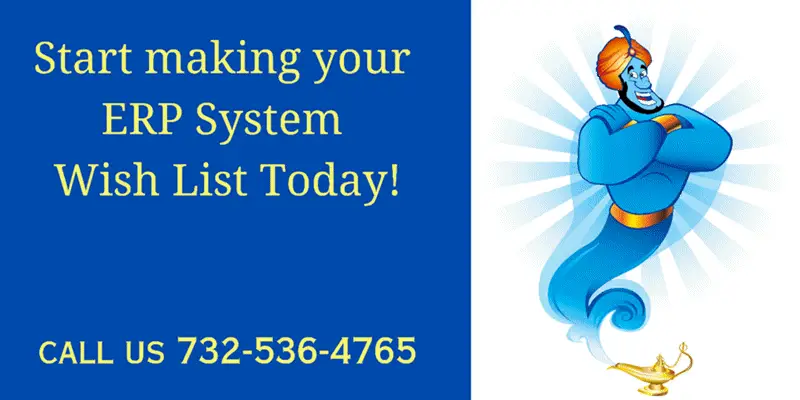Diners and Databases: Greasing a Data Layer for Fast Applications
What does a diner have in common with a database? They have rows and tables and require lots of servers. Some of them even have records; in all cases, the owner holds the primary key.

New Jersey has over 600 diners, more than any other state in America. It’s often nicknamed the diner capital of the world. The iconic show The Sopranos, shot its last scene at a New Jersey diner.
New Jersey has also been ahead of the curve in technology. This week, 90 years ago, the first drive-in movie theatre opened in New Jersey. Fifty years ago, the first cellphone call was received.
As a Jersey-based software company providing database services, we wanted to compare a fast application’s main staple with the main staple of the American diet.
Here are eight things a fast application’s data layer has in common with the everyday diner:
Good Infrastructure:
If your database sits on an MS Access application inside your hard drive, it won’t work as efficiently as a data layer powering your application on the cloud. The infrastructure enables you to work with more data, move it faster, and offer more options to your users.
New Jersey has the most dense system of highways and railroads in the U.S., creating lots of demand for hungry truckers. As eCommerce blossomed, so did the volume of trucks moving computers, office equipment, and fidget spinners. They all needed somewhere to eat and drink coffee while on the road at 2 AM.
Entrepreneurship:
A database is as helpful as you can make it. Sometimes, you can add new features with new analytics your data layer produces. In other cases, you can boost the performance of your application and do a lot more with your mobile version.
There are plenty of instances where the quality of data systems collect is so valuable businesses make more money selling the data than from other revenue streams. A database starts out as a component of a business’ revenue stream, but quite often evolves into an additional revenue stream.
The diner started the same way:
At night, Walter Scott started selling sandwiches and coffee to journalists to supplement his salary. Fifteen years later, he quit his day job and devoted himself full-time to his quick-service restaurants – finding the greater revenue stream in the new opportunities presented to him.
High Availability:
For a diner, their magic numbers are open 24/7 all night. For a database, it’s 99.999%, the five nines of availability.
Like a diner, a database must be ready to serve all comers anything on the menu at any time, day or night.
A Remedy for Recession:

During the great depression, restaurants folded everywhere. People still wanted to go out for a meal but for less money. As a result, diners exploded. Diners proved able to deliver a first-class experience on a simple budget.
Run efficiently, a database can deliver massive amounts of information at low rates, enabling the fast application of today. Configure your settings correctly, check your indexes for dups and excessive load, and many other simple hacks can keep your database running so smoothly you might not even need someone full-time to manage it.
Employs the Cheers Effect:
A good database becomes familiar to all users quickly. In no time, it’s a system where everybody knows its name.
A poorly built database or legacy system can be one that a single person developed ten years ago, he is the only one maintaining it, and he better stay in the company forever because once he goes, your entire application is paralyzed.
Just like a good diner is where, if you use it enough, everyone knows your name, a good database is where anyone can manage it if someone is on vacation.
Custom is Best Option:
The first diners were out of a horse and wagon. Later on, they would come from train cars. It wasn’t until the mid-1950 that the jukebox and neon lights came about.
Where diners usually offered simple menus, today, they are offering custom-made dishes to keep crowds away from McDonald’s.
While diners all have distinct features, each one is different. Every diner is custom-made for its audience, the owners, and the community.
The same is true for the database.
Databases have gone from relational to non-relational and to graph. While all versions have the same primary function: collect and deliver information at the speed of light, each one is customized to their user's needs.
A custom database spares its user the cost of features it doesn’t need while tailoring operations specifically to its business.
Whether data or dinner – the customer is always right!

Long Lines at Suppertime:
The diner and the database have to serve multiple users simultaneously. Sometimes, all users consist of a teenager sipping on a Coke. Other times, both teams in the championship softball game rushed in for a hearty breakfast.
Nobody has time to wait.
The same for a database – especially a web version. There can be anywhere from a handful to a stadium full of users, all accessing the site simultaneously.
Both databases and diners have to be able to manage peak traffic to make sure everyone gets what they want and goes home happy.
Fast Service with Quality:
What’s the difference between a four-star restaurant and a diner?
Ten minutes waiting time for your food to arrive.
People flock to the diner for a restaurant-like experience without the wait. That demands speed and quality. The orders must be correct and on time.
Databases have the same demand. The data has to be accurate. It has to be exact. Most users demand ACID integrity, the highest level of data accuracy. A database must perform millions of operations in milliseconds and be correct every time.
Whether you are using a database to make the decisions that will determine the fate of your company or a menu to decide the fate of your breakfast, both databases and diners serve the noble purpose of delivering to you more for less as fast as possible.
Saving your business time and money on a constant basis with a customized database or an ERP System customized to your business is what we specialize in. I am happy to talk with you about it at your convenience, so do not hesitate to contact us.


Comments